in this article weTry to find out the details of what food companies are doing with nanotechnology. “The application of nanotechnologies in the food industry is at an early stage, and to the best of our knowledge the UK food and drink manufacturing industry does not currently use engineered nanomaterials in food products, their processing or their packaging. nano fertilizer price deoend on its quality.

Most dominant nano fertilizer producers in Asia
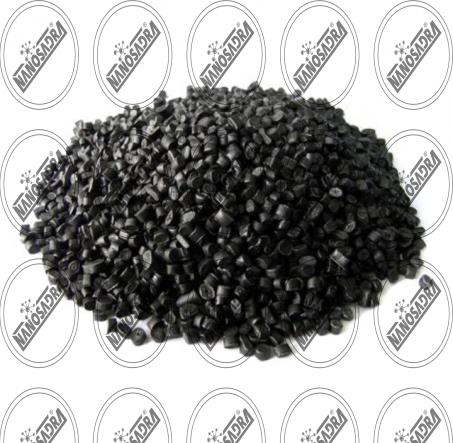 Why have companies become so coy since then? experts suggest that it may reflect a genuine decline in interest, perhaps due to regulatory challenges. He expects that the nanotechnologies used to deliver food supplements, for example, will first make their way into medical applications, an arena where new products go through more rigorous testing.
Why have companies become so coy since then? experts suggest that it may reflect a genuine decline in interest, perhaps due to regulatory challenges. He expects that the nanotechnologies used to deliver food supplements, for example, will first make their way into medical applications, an arena where new products go through more rigorous testing.
Some nano-structures occur naturally in food; others can be added by food manufacturers. But there’s another way that nanotechnology can get into the food chain – from the ground up. At Clemson University in South Carolina, food biologist Jeremy tzeng is using nanotechnology to tackle the problems that can be caused by feeding antibiotics to animals.
Who are the most famous nano fertilizer producers?
 This is backed up by figures from the Project on Emerging Nanotechnologies at the Woodrow Wilson International Center for Scholars in Washington, DC. In its inventory of more than 1,000 commercial products that contain nanoparticles, just five are listed in the food category.
This is backed up by figures from the Project on Emerging Nanotechnologies at the Woodrow Wilson International Center for Scholars in Washington, DC. In its inventory of more than 1,000 commercial products that contain nanoparticles, just five are listed in the food category.
But David Carlander, director of advocacy for the Nanotechnology Industries Association (NIA), based in Lisbon, Portugal, suspects that companies may be doing more work on nanotechnology than they are prepared to admit. “I think this is how several large corporations are acting, and the amount of ‘monitoring’ they do may in practice be quite substantial,” Carlander says.
A Review of Nano Fertilizers and Their Use and Functions
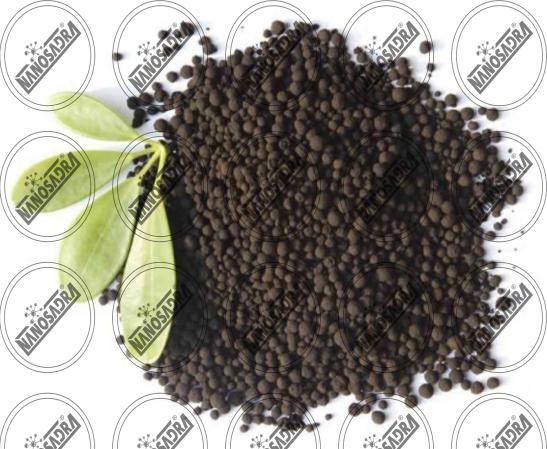 In 2010, the House of Lords committee on science and technology conducted an in-depth investigation of nano-food, and its report criticised the food industry for its secrecy on the subject. liquid nanofertilizers are just a group. the Food and Agriculture Organization of the United Nations issued a report on food and nanotechnology which raised similar concerns about a lack of transparency about what the food industry was doing with nanotechnology.
In 2010, the House of Lords committee on science and technology conducted an in-depth investigation of nano-food, and its report criticised the food industry for its secrecy on the subject. liquid nanofertilizers are just a group. the Food and Agriculture Organization of the United Nations issued a report on food and nanotechnology which raised similar concerns about a lack of transparency about what the food industry was doing with nanotechnology.
Sandy Lawrie, head of novel foods at the UK’s Food Standards Agency, says they encourage companies to come to them with information about what they’ve developed, but so far there have only been a “small number of enquiries” from companies developing new foods using nanotechnology. nano fertilizer soil amendments is very important. For all the promise of nano-foods, he adds, “there’s a lot of talk about it but very few products to show for it”.
Preparation of nano-fertilizer blend from Different raw materials
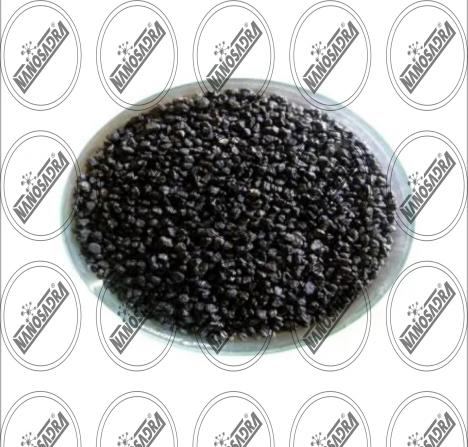 Some nano-structures occur naturally in food; others can be added by food manufacturers. But there’s another way that nanotechnology can get into the food chain – from the ground up. At Clemson University in South Carolina, food biologist Jeremy Tzeng is using nanotechnology to tackle the problems that can be caused by feeding antibiotics to animals. nanobiofertilizers are the best. nanotechnology fertilizer in india is famous. The routine use of antibiotics in animal feed is banned in Europe, because microbes are becoming increasingly resistant to these essential drugs. This may, in turn, make human infections harder to treat.
Some nano-structures occur naturally in food; others can be added by food manufacturers. But there’s another way that nanotechnology can get into the food chain – from the ground up. At Clemson University in South Carolina, food biologist Jeremy Tzeng is using nanotechnology to tackle the problems that can be caused by feeding antibiotics to animals. nanobiofertilizers are the best. nanotechnology fertilizer in india is famous. The routine use of antibiotics in animal feed is banned in Europe, because microbes are becoming increasingly resistant to these essential drugs. This may, in turn, make human infections harder to treat.
Tzeng is developing nanoparticles that could take the place of these antibiotics in chickens. The particles bind to bacteria and then clump together, passing through the chicken along with other fecal matter. So far, the polystyrene-based particles he uses don’t seem to cause the chickens any distress or weight loss, but there are still important issues to address. anotechnology is also poised to create better food packaging. It could reduce the amount of plastic used, for example, or make containers smarter by building in sensors that tell us whether the food inside is still fresh.

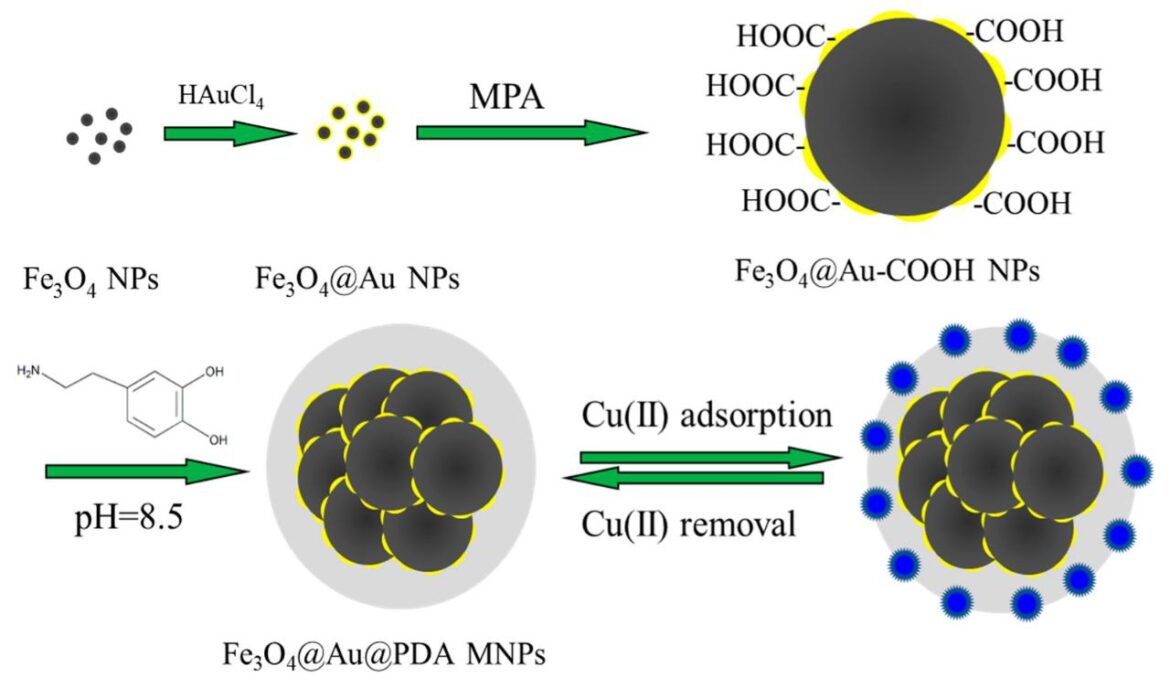

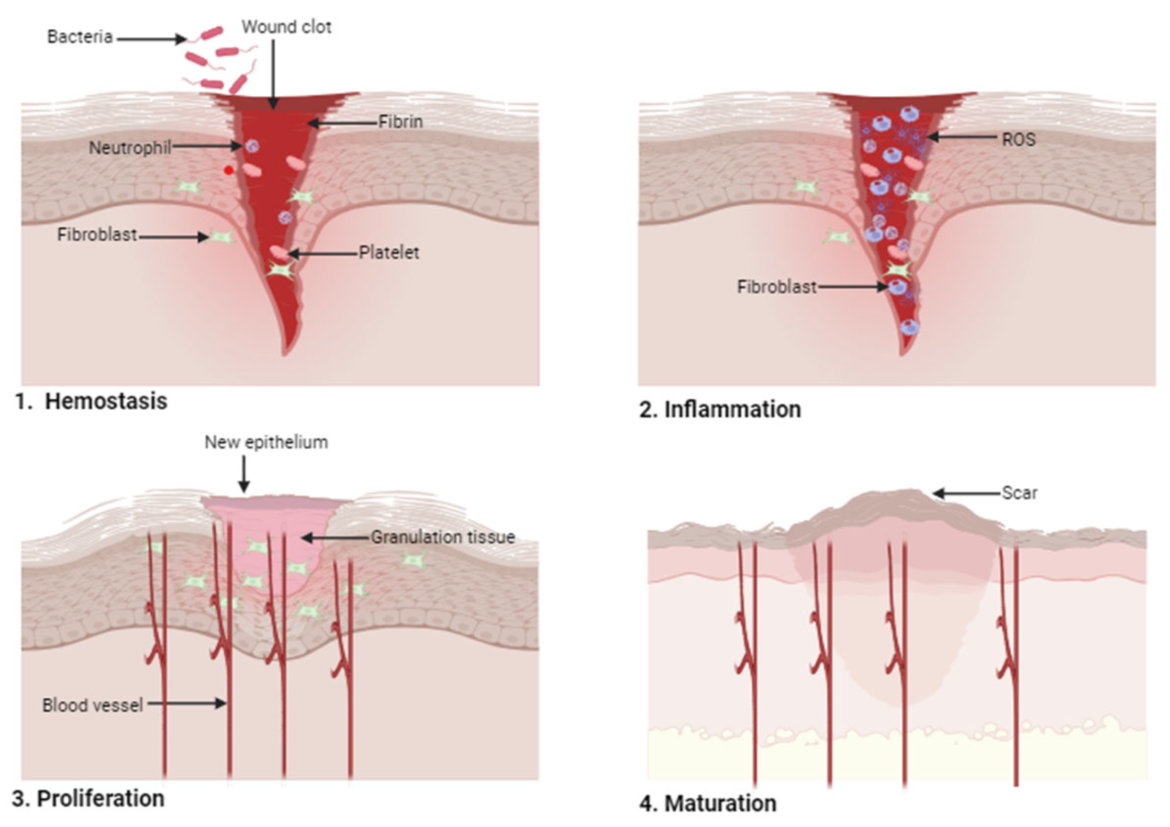
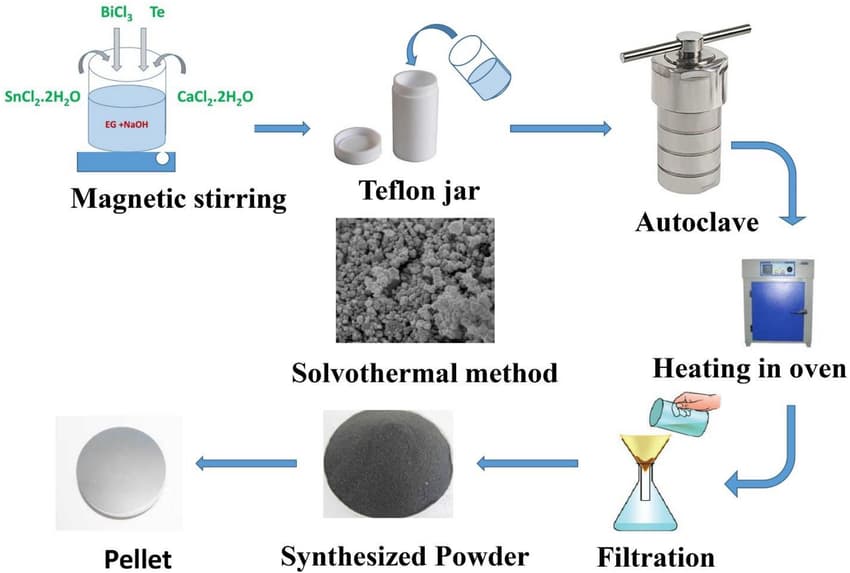
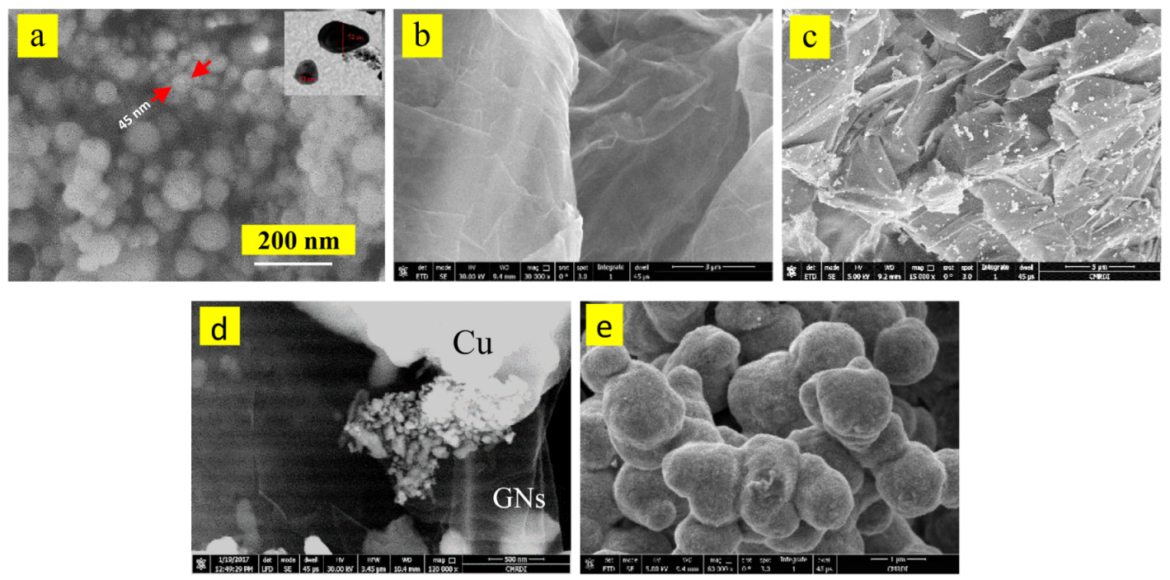
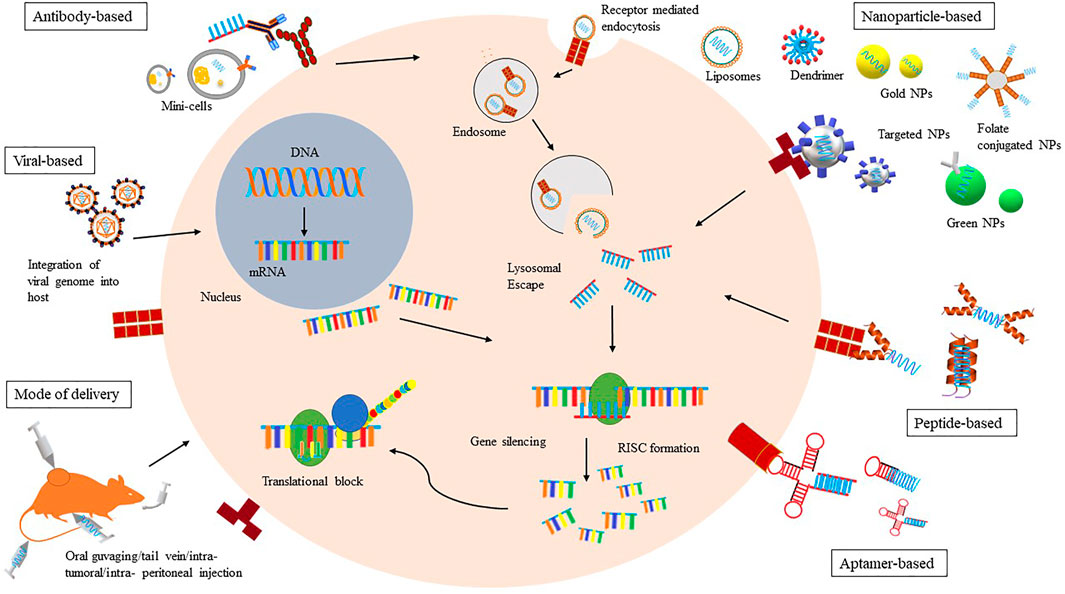
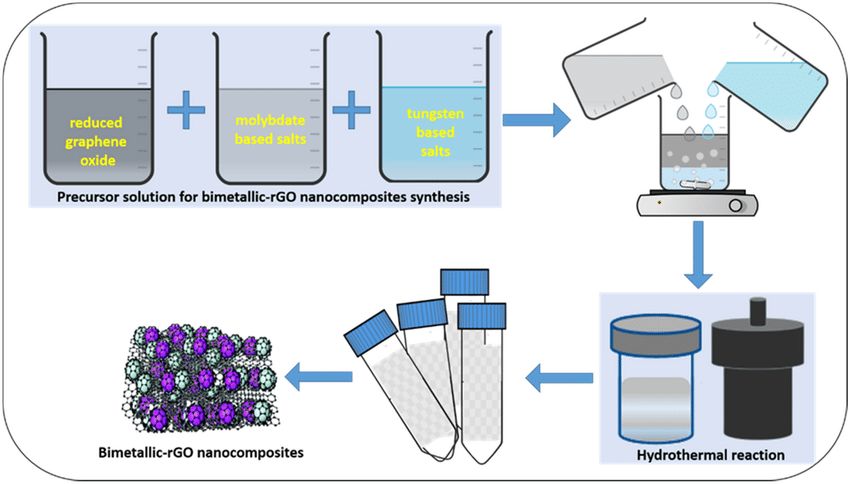
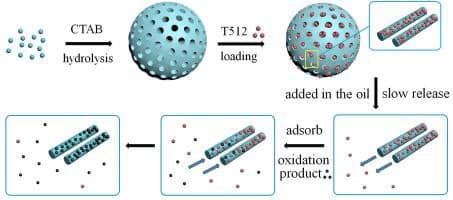
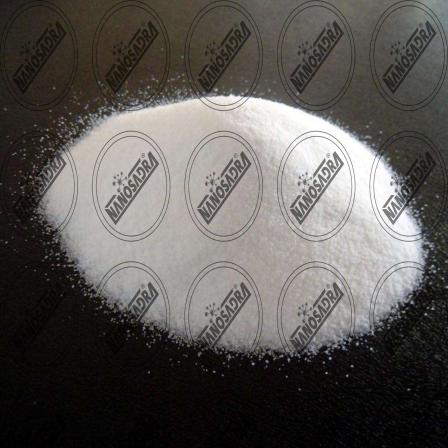
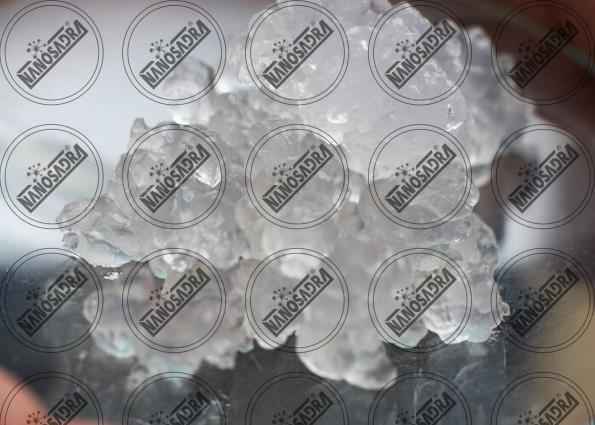
Your comment submitted.